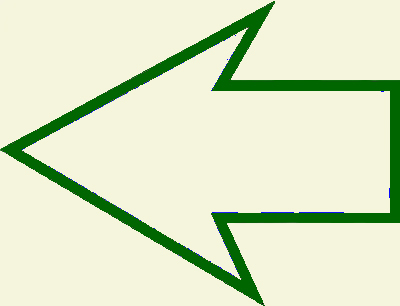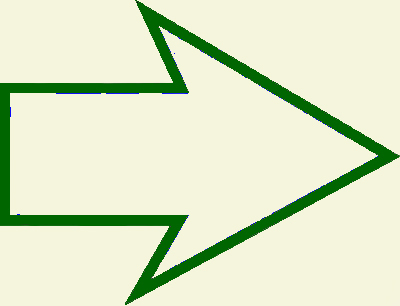 Index
Index 
Language Epistemology Mentors
Comfort and Similarity:
Math Deficiency: You know, I really never got the “calculus” thing. Where I worked, my boss at one time was a nuclear engineer, his boss a nuclear chemist. These guys take several calculus rides before their morning shower just to warm up for a day of sizing up the universe with differential equations. Their mathematical toolbox includes “exactness” provided by a “closed solution” of continuous functions (an oxymoron, self-contradictory construct). But like QED’s “renormalization” it preserves the great descriptive power of calculus, though perhaps biasing beliefs that exact solutions exist. To wit: one of my collegues (Chris Rautmann) remarked, “Oh, are you talking about “simulating” rather than “characterizing” the site?” This startled me. Because to me characterizing is done, at least in this case (Yucca Mountain 3D computer site model), perhaps all cases are done by “simulating”. Even a “geologic” map is a simulation. Apparently my PhD in geology collegue, well versed in calculus (perhaps irrelevant here) thought our job was to find “the solution” to the distribution in 3D space of, for example, rock porosity. Of course we simulate, discretize, chop off the asymptotes. At first I did not understand his distinction until I realized he thought we could do better than an “educated guess”. My perspective was biased by my limits on perceptions. Which here are used as interpretations of sensations mixed with memories of geometry, algebra, statistics, arithmetic, with just a glimmer of calculus thrown in for good measure. All together the perceptions seemed sufficient to me, though not necessary, for embodying a “guess” about a possible (though in exact detail, impossible) distribution of this abstract concept we call “porosity”. A number that by definition can only range between zero and one. I can use the same tools to make another “guess” also compatible with what I “know” and another and another, thereby “simulating” reality many times over, all equally valid. The range of “guesses” thus derived is the best I can do with the task I have at describing “reality” – a range of equally likely possibilities, which in summing you see some more likely than others. None are probably “true”, though all are equally likely to be “true”. The closed solutions of a set of differential equations are very expensive. I think the mission of my agency “to safely bury nuclear waste” was completely derailed by an expectation of exactness that cannot now or perhaps ever be attained. But that is just from my limited mathematical perspective. I know this is but a simple take on a very old question, “How exactly can we know reality?” And if “not exactly”, then what boundaries between classifications can we construct with certainty, if any, Chung Tsu’s butterfly dreams notwithstanding. It seems great thoughts embodied with ever fuzzy edges in words or phrases: n’est ce pas” amigo, et cetera and et alia, love and hate, of course, and “of course” of course. |